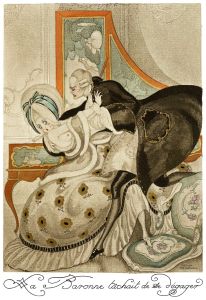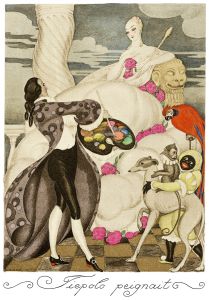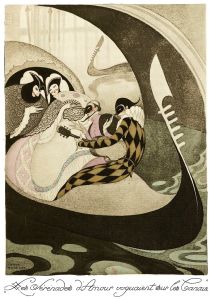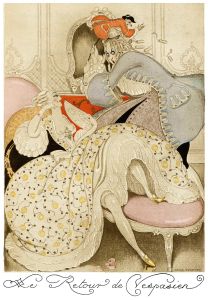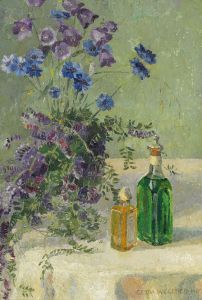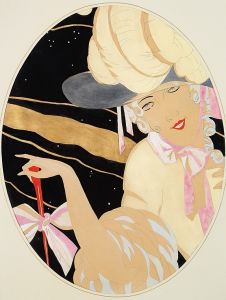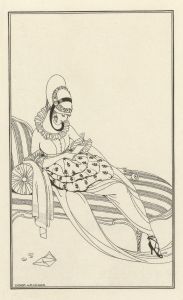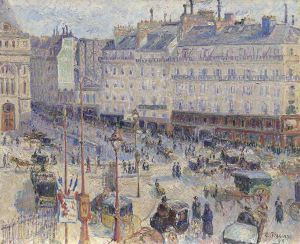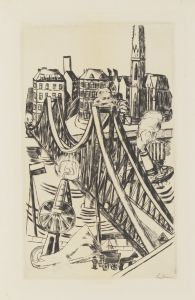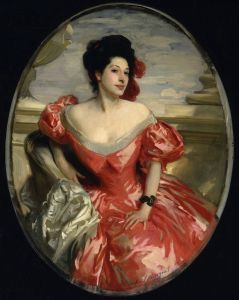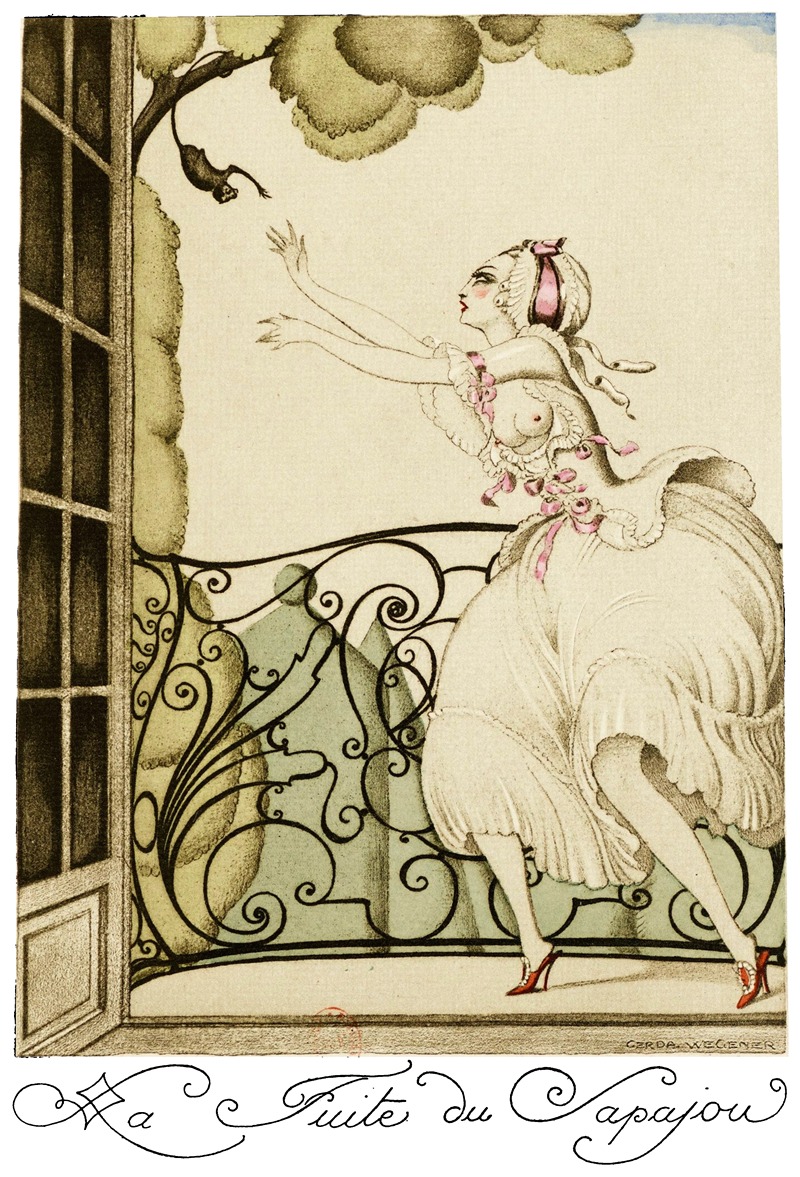
Sur talons rouges pl 02
A hand-painted replica of Gerda Wegener’s masterpiece Sur talons rouges pl 02, meticulously crafted by professional artists to capture the true essence of the original. Each piece is created with museum-quality canvas and rare mineral pigments, carefully painted by experienced artists with delicate brushstrokes and rich, layered colors to perfectly recreate the texture of the original artwork. Unlike machine-printed reproductions, this hand-painted version brings the painting to life, infused with the artist’s emotions and skill in every stroke. Whether for personal collection or home decoration, it instantly elevates the artistic atmosphere of any space.
Gerda Wegener was a Danish illustrator and painter known for her art deco style and her depictions of fashionable women and gender fluidity. One of her notable works is "Sur talons rouges pl 02," which translates to "On Red Heels Plate 02." This piece is part of a series that showcases Wegener's distinctive style and thematic interests.
Wegener was born on March 15, 1886, in the small town of Hammelev, Denmark. She moved to Copenhagen to study at the Royal Danish Academy of Fine Arts, where she met her future husband, Einar Wegener, who later became known as Lili Elbe, one of the first recipients of gender confirmation surgery. Gerda's relationship with Lili significantly influenced her work, as she often depicted Lili in her paintings, capturing the fluidity of gender and identity.
"Sur talons rouges pl 02" exemplifies Wegener's fascination with fashion, elegance, and the exploration of gender roles. Her work often featured women in glamorous settings, adorned in the latest fashions, and exuding confidence and poise. This particular piece, like many of her others, is characterized by its vibrant colors, intricate details, and a sense of movement and grace.
Wegener's art was celebrated for its boldness and modernity, aligning with the art deco movement that was popular during the early 20th century. Her illustrations were featured in various fashion magazines, and she gained a reputation for her ability to capture the essence of the modern woman. Her work was not only a reflection of the changing attitudes towards gender and sexuality during her time but also a celebration of individuality and self-expression.
Despite her success in the art world, Wegener faced challenges due to the unconventional nature of her work and her personal life. The relationship between Gerda and Lili was both a source of inspiration and controversy, as it challenged the traditional norms of gender and marriage. However, Gerda's art continued to thrive, and she became a prominent figure in the Parisian art scene after moving to France in 1912.
"Sur talons rouges pl 02" is a testament to Wegener's skill as an artist and her ability to convey complex themes through her work. Her use of color, form, and composition creates a visually striking image that invites viewers to explore the nuances of identity and expression. Wegener's legacy as an artist is marked by her contributions to the art deco movement and her role in challenging societal norms through her art.
Today, Gerda Wegener's work is celebrated for its historical significance and its impact on the representation of gender and identity in art. Her paintings continue to be studied and admired for their artistic merit and their ability to capture the spirit of an era that was defined by change and innovation. "Sur talons rouges pl 02" remains an important piece in understanding Wegener's artistic journey and her influence on the art world.







